The hotel on St. Paul, the rather gloriously named King Eider Hotel, is connected to the airport buildings and is rather 1980’s in décor but functional. After checking in we were keen to head into the field and spent a couple of hours birding Ridge Wall, east facing cliffs in the south-west of the island.
These are relatively low, perhaps 30m or so, cliffs to the south of the weather battered and industrial feeling town located in the south of the island. We perched atop the cliffs and below us was a scene of hustle and bustle, of calling Alcids and Black-legged Kittiwake.
And the stars were stunning, the most common and vocal were Parakeet Auklet with their almost circular bills adapted for catching jellyfish, tiny (smaller than a Starling) marble plumaged Least Auklet, regal looking Horned Puffin with their exaggerated vertical eyelashes and stunning painted Tufted Puffin as well as more familiar Brunnich’s Guillemot and Common Guillemot.
We watched memorized by this stunning location and marvelled at the diversity of this north Pacific Alcid colony.
Tufted Puffin (above 10 images) – St. Paul Island
Brunnich’s Guillemot (above three images) – St. Paul Island. The subspecies here is arra which averages darker than the more familiar nominate race.
Least Auklet – St. Paul Island
Red-faced Cormorant – St. Paul Island
Horned Puffin – St Paul Island
Tufted Puffin, Brunnich’s Guillemot and Common Guillemot (4th from top) – St Paul Island
Northern Wren of race alascensis which may be split as Pacific Wren by HBW in the future – St Paul Island.
After dinner in the ‘galley’ (basically a canteen used by workers in the local industries, mainly fishing and crabbing – there are no other places to eat on the island) we birded the Salt Lagoon area which produced our first looks at Rock Sandpiper which were the most abundant wader present. All the birds we saw were in summer plumage and of the paler nominate race that breeds on the Pribilofs. Other waders here include Semipalmated Plover , Bar-tailed Godwit of the eastern race baueri and many confiding Red-necked Phalarope . A flock of gull contained Red-legged Kittiwake (35), Black-legged Kittiwake (50) and Glaucous-winged Gull and we spent some time stalking these to obtain photographs. The only passerine’s were Snow Bunting, Lapland Bunting and the impressive Grey-crowned Rosy-finch, both of which were common. We headed back to our accommodation for 22:00 and birded around the buildings getting further views of Grey-crowned Rosy-finch, Lapland Bunting and Long-tailed Duck.
Rock Sandpiper (above eight images) of nominate race – St Paul Island
Semipalmated Plover (above three images) – St Paul Island
Red-legged Kittiwake, Common Kittiwake and Glaucous-winged Gull – St Paul Island
Red-legged Kittiwake – St Paul Island
Glaucous-winged Gull – St Paul Island
Long-tailed Duck (male) – St Paul Island
Long-tailed Duck (female) – St Paul Island
Lapland Bunting (subspecies alascensis) – St Paul Island. Lower bird is a different individual to the above two.
Grey-crowned Rosy-finch (race umbrina) – St Paul Island
Simon Colenutt
I began birdwatching at the age of nine when living on the Isle of Wight. After obtaining a copy of the Isle of Wight Bird Report from 1976 I realised that Manx Shearwater, Arctic Skua, Pomarine Skua and Black Tern were regularly seen at St.Catherine's Point, only five miles from my home village of Chale Green. To a nine year old these birds were near mythical and so I just had to go and try to see them. Little did I know that these birds were seasonal and after a long winter of seeing nothing I eventually started to bump into other birdwatchers as March drew to a close. It was then that Dave Hunnybun, Dave Wooldridge, Paul Castle, Peter Gandy and Audrey Wilkinson introduced me to the art of seawatching and the joys of bird migration, I have not looked back since.







































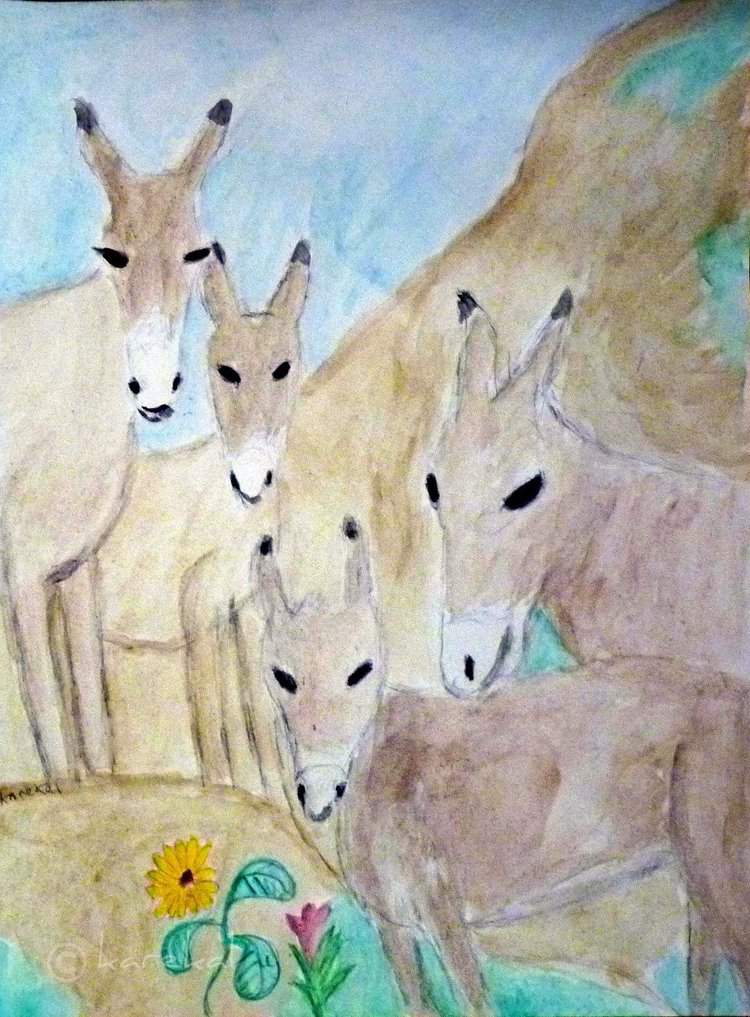
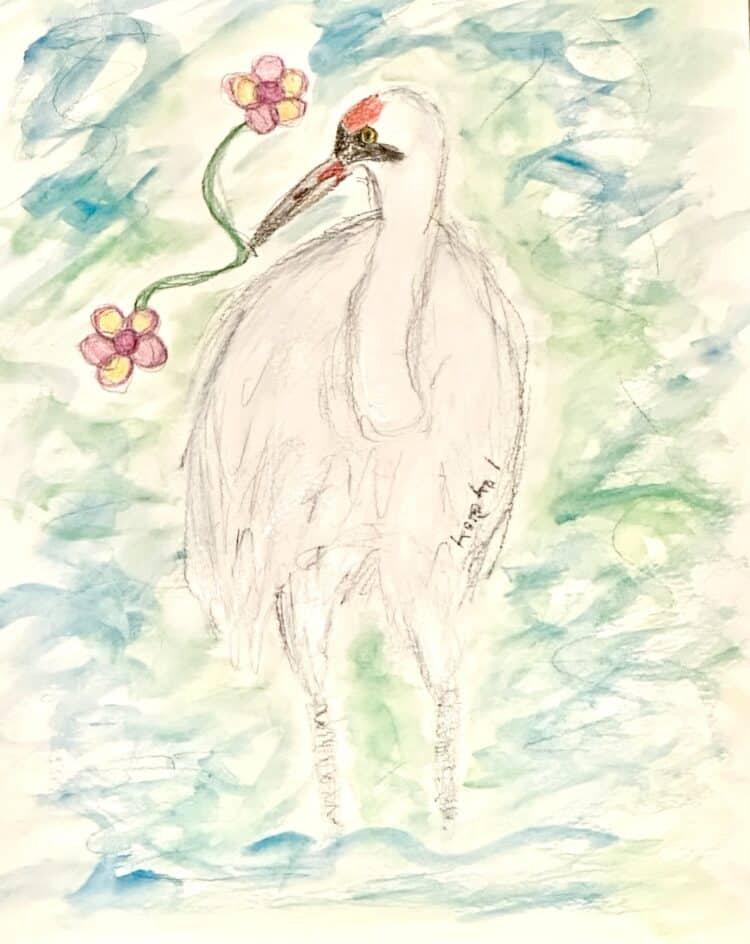
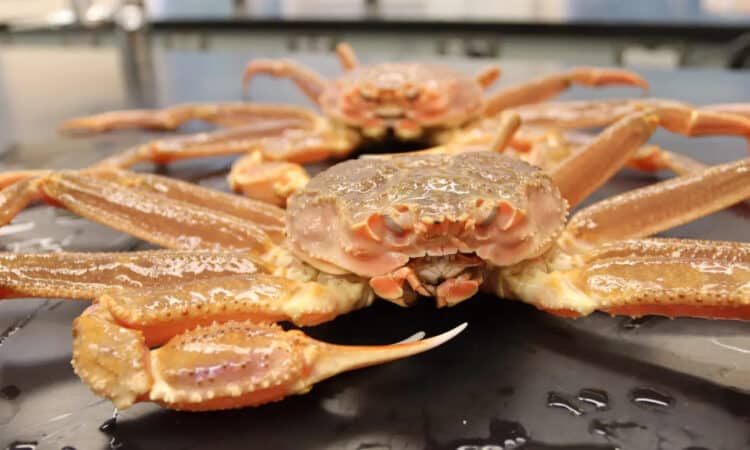
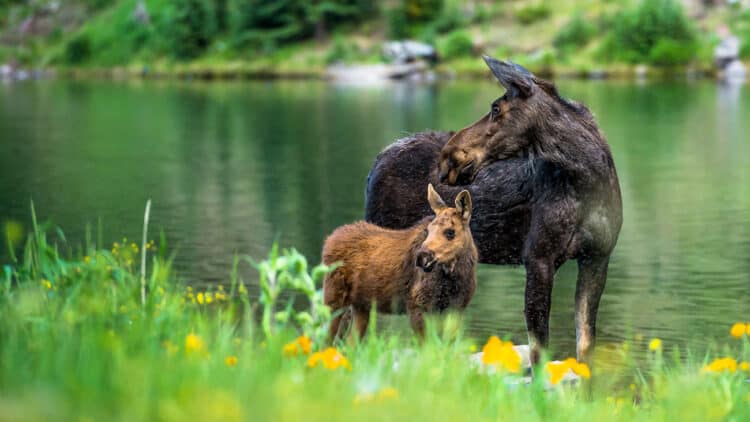

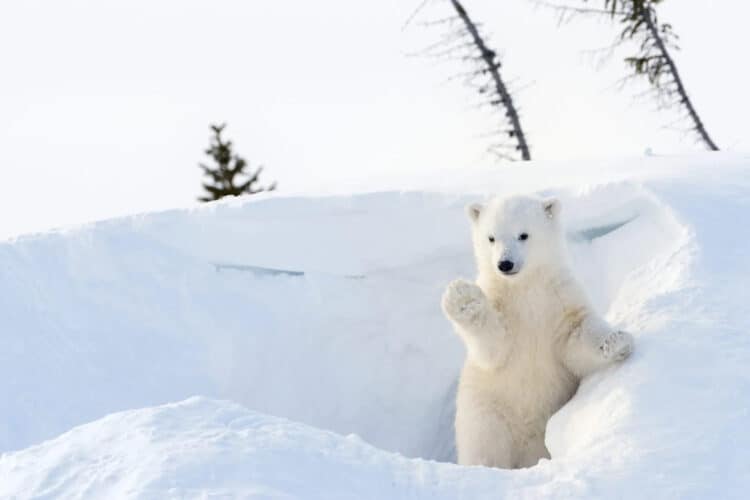
Leave a Reply